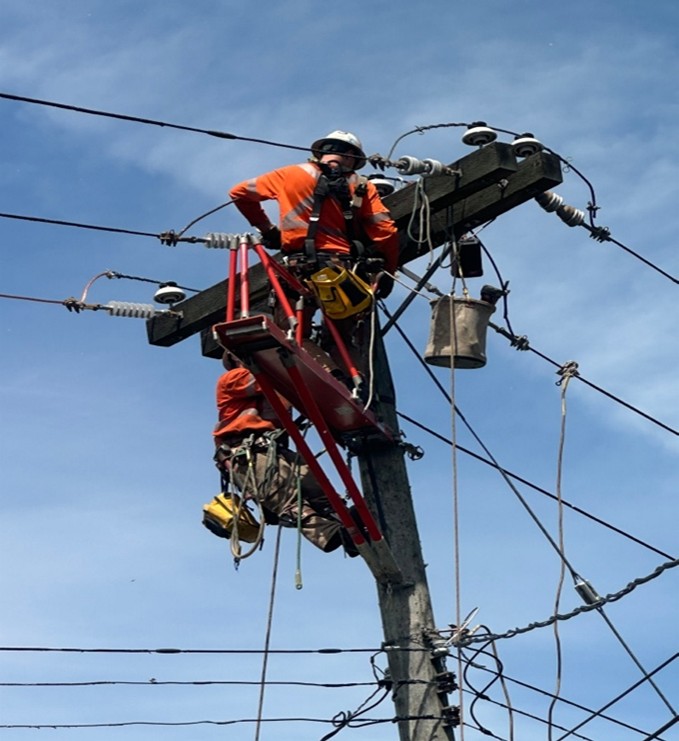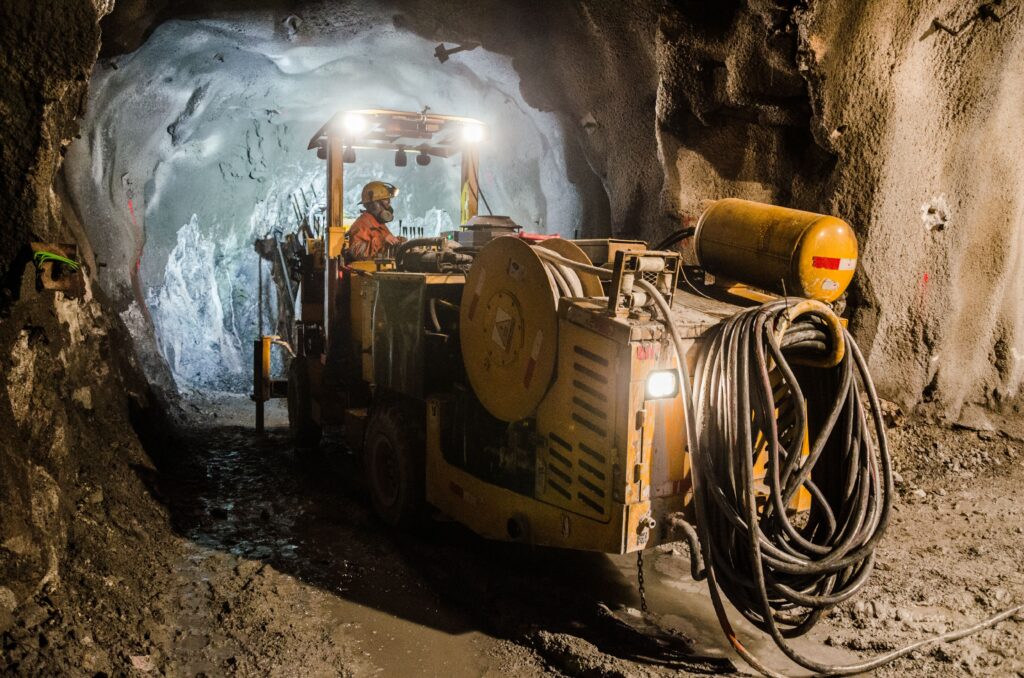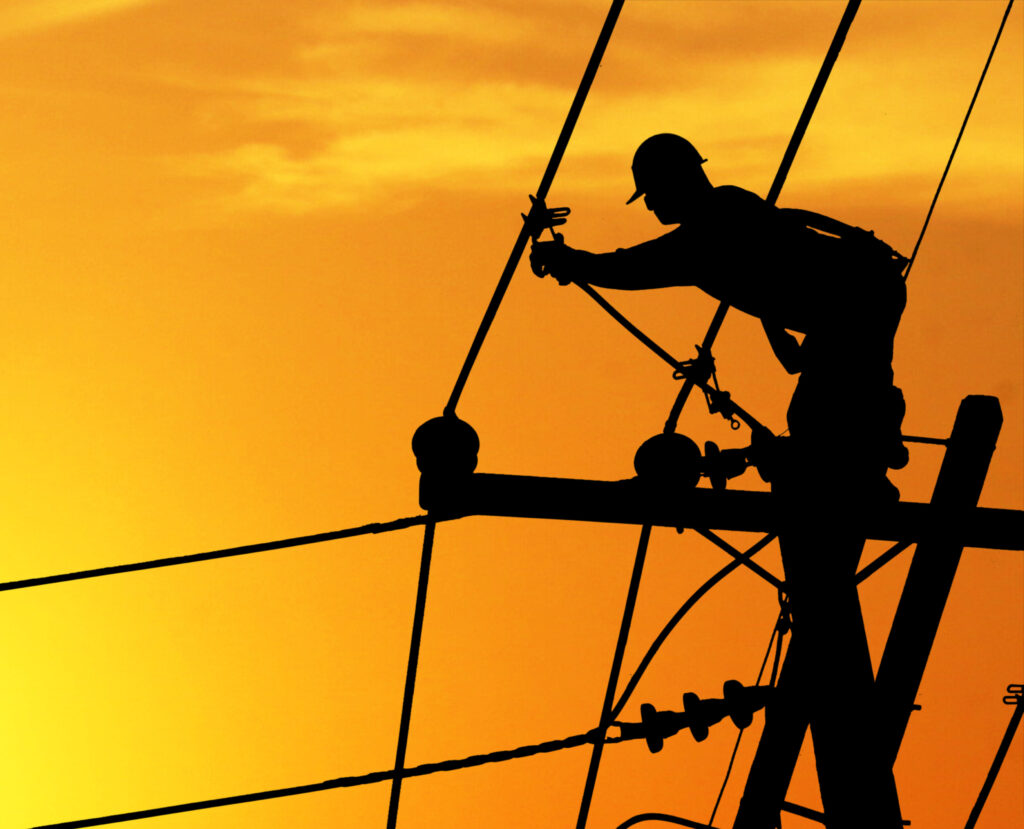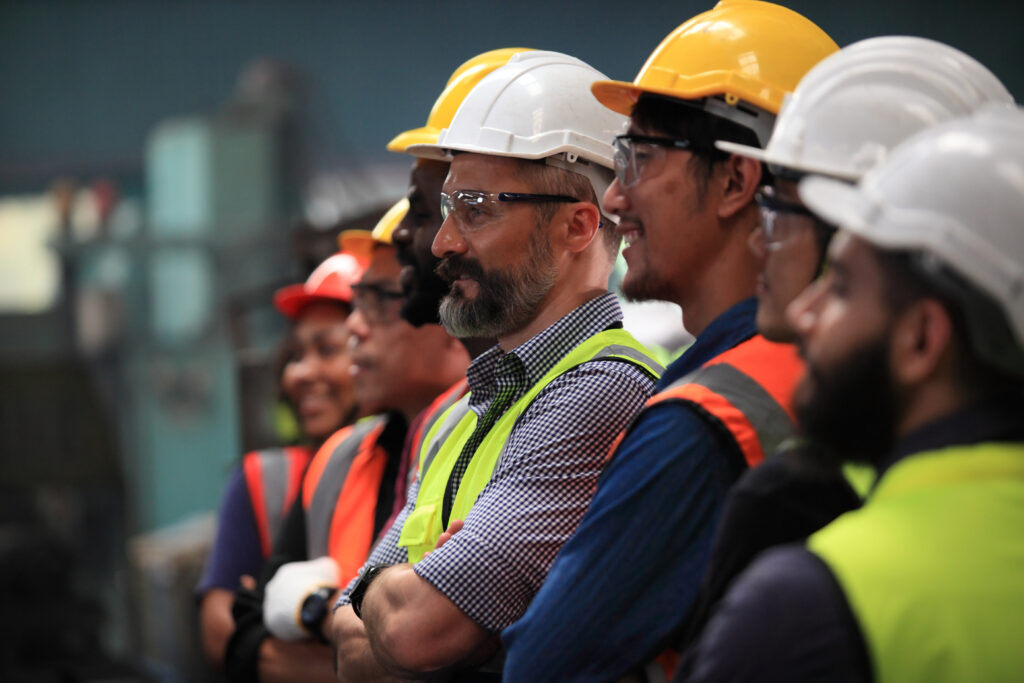Persistent Serious Injuries and Fatalities
A Safety Leadership Challenge for Utilities
Working with a wide range of industrial companies and utilities on safety initiatives offers valuable insight into how modern safety practices, models, and theories are applied in real-world settings — sometimes successfully, and sometimes less so.
Another consequence is observing that with many safety management topics and tools, there is a noticeable convergence across industries toward established best practices. For example, almost all companies now list safety as their top priority in corporate values statements.
However, we also see more problematic trends. This includes the large number of companies and utilities that report improvements in their Total Recordable Injury Frequency (TRIF), while the Serious Injury and Fatality (SIF) rate remains stubbornly high.
That trend is worth exploring and has led many companies to shift focus toward the SIF end of the safety spectrum. It also brings into question safety models that have been in common use for decades, such as the “safety pyramid”.
Inevitably, the light is also being shone on an essential aspect of achieving SIF incident reduction, namely the approaches to safety leadership, particularly with workers who are routinely exposed to high-risk situations.
Safety in High-Risk Professions
When considering high-risk professions, those in the utility sector often think of powerline workers who operate on energized lines. In the forest industry, manual tree fallers typically come to mind, while in mining, it’s usually the workers operating in vertical raises or shafts.


Outside industry, the list of high-risk professions and activities includes Formula 1 race car drivers, firefighters, skydivers, rock climbers, and scuba divers, to name a few.
The inescapable challenge with all these activities is that inherent risks cannot just be eliminated. At the same time, science has advanced, and engineering and work methods have been developed to such a degree that people can and do operate in these professions without SIF injury for entire careers. However, even with sound engineering and proven work methods, companies continue to experience too many serious injury and fatality potential (SIFP) incidents.
This brings us to the question of safety leadership in high-risk work and professions, and the uncomfortable conclusion that safety leadership practices in many companies fall short. For example, there are times we hear leaders complain that groups of employees do not buy into safety and will not listen to leadership or the Safety Department. However, having worked with many workers in high-risk situations and professions, we often find that the reality is quite different.
The Original Sins
What we observe in many companies is that there are a few original sins that lead to disconnects between leadership and high-risk workers, including:
1. Treating “Safety” and “The Work” as Separate
Utilities and industrial companies are structured to have different departments responsible for various aspects of the business, including Operations, Finance, Engineering, Safety, Training, Human Resources, etc. This type of structure is familiar and makes sense from the corporation’s perspective. Treating safety separately from other business functions is also less of an issue with low-risk work types such as administrative, technical, and engineering work. With these groups, health and safety considerations are distinctly separate from the employee’s business processes and work methods used to accomplish the work (doing the accounting or engineering).
However, for high-risk workers, the most critical safety determinants are their work methods and their approach to work. Their approach to the work will either keep them safe for their career or may result in a fatality on any given day. With high-risk work, the approach to work is the preeminent safety program. An implication is that for a high-risk worker, separating safety from the work makes no sense. Having planning meetings and safety meetings at different times feels odd because the issues are intrinsically linked.
2. Safety Branding
Safety Departments and many safety consultants/vendors like branding their methods and initiatives. In industry, we are accustomed to seeing safety improvement programs and slick acronyms designed to remind workers to manage hazards, such as STOP (Stop, Think, Observe, and Plan) and STAR (Situation, Task, Action, and Result). However, what we see with workers in high-risk environments, whether that is an Formula 1 driver thinking about the rain that’s falling on the racetrack or a powerline worker contemplating how to repair storm-damaged power lines, is that they don’t reflect on the acronym or program to help them decide what to do. In high-risk professions, dealing with downed power lines and wet racetracks is the work, not a saf
Subscriber Access
Unlock Deeper Insights with The Engine Room
Join our community and gain exclusive access to our newsletter, full insights, thought leadership, and expert perspectives that shape our approach and principles. Dive deeper into the strategies that drive high-performing teams, leadership excellence, and operational success.
Sign up today to stay ahead with actionable knowledge designed to elevate your impact along with your organization and team.






